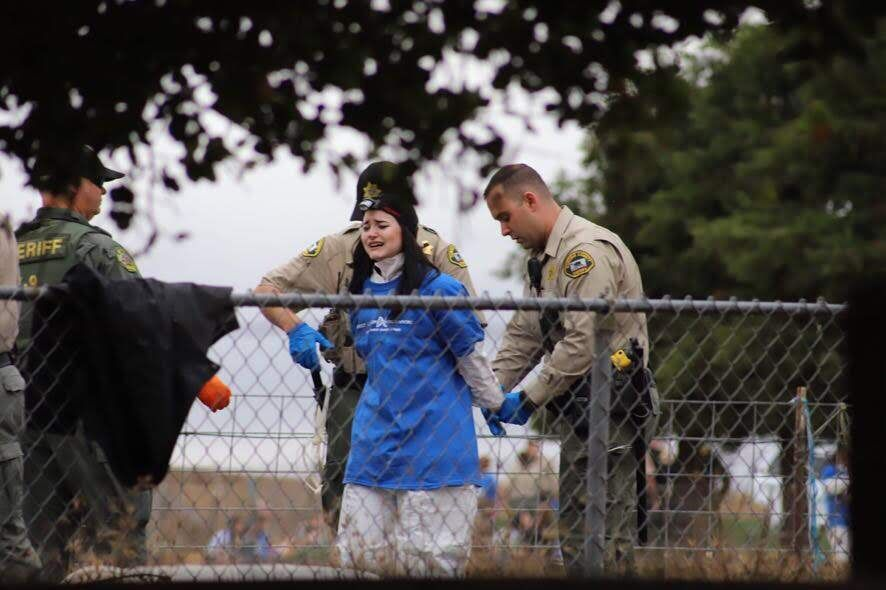
… and by “we”, I don’t mean academics, activists, abolitionists, rehabilitation people, professional do-gooders. I also don’t mean prison guards, bureaucrats, politicians, paper pushers. And I don’t even mean prisoners and their families.
I mean all of us.
Joan was one of those rare academics who managed to find common language with everyone involved in corrections without compromising her ideals. I had read her scholarship before meeting her in person in the early 2000s, when she gave a talk at Berkeley about how she convinced then-CDC officials to add the “R” for rehabilitation to CDCR’s mission. I was young and naive and thought she was compromising to even sit at the table with them. I didn’t quite understand that the way to get things done is to forge coalitions, and the compromise and incrementalism are necessary. It’s a wisdom that comes with age and experience, but Joan seemed to be precocious at implementing its lessons throughout her career.
Joan knew California prisons inside and out. Her early work in 1978 was an interview-based examination of criminal careers, in the fine tradition of Shaw and McKay–15 years before “life-course criminology” was even on the horizon. She studied racial disparities in criminal justice when David Baldus’ study was fresh off the presses and broadened his work in a systematic, quantitative way far beyond the death penalty. She collaborated with people of all political stripes, including J.Q. Wilson. She knew that being kind, generous, and collaborative with politicians and administrators meant access to the things we crucially needed to know about our prisons, and that actually researching and exposing truth was more important than empty posturing about integrity. Many of us in the field would do well to follow her example.
Much of her later work was devoted to issues of reentry, rehabilitation, and parole. She conducted excellent quantitative studies on probation and parole release. She was a pioneer in thinking about the fact that most people in prison eventually return to their communities and thinking about what would work best to address their needs. Joan collaborated with colleagues and students to offer a series of sensible recommendations that would make parole so much better by depoliticizing it and making it about hope and support, rather than about emotion and hysteria.
And at the same time she was producing an astounding volume of high-quality scholarship, Joan encouraged and mentored everyone around her, including her students. She was unfailingly kind and generous. She followed Yesterday’s Monsters since its inception with good advice (I believe she’s the first name listed in the acknowledgments) and inspired much of its inquiry. A few weeks ago I sent her an email inviting her to write a blurb for the back cover. She wrote back right away:
This book sounds incredibly exciting and path breaking. I’m afraid I have to decline providing a blurb, as my health is just not up to it. I’m back on chemo and it really affects my brain. What they say about this is really true! I have a very hard time reading and remembering what I have read, or composing anything literate. The doctors say this will pass and my prognosis is good, but it is what it is for now and I have no way to gauge how long this will last but likely for more than a year. I hope you understand, as I am sorry about this and would have done it in a minute under normal circumstances. I can’t wait to read your book and hope it’s a bestseller! You can count on me to buy one of the first copies available!
That Joan was so sick and yet took the time to write me such a kind email is emblematic of her unfailing kindness and generosity. She was such a class act. Little did we know that things were going to turn around and we were going to lose such an important and precious colleague and friend. Joan, the first signed copy of the book is in the mail on its way to heaven. What is remembered, lives, and by that measure, your goodness and wisdom is immortal.








